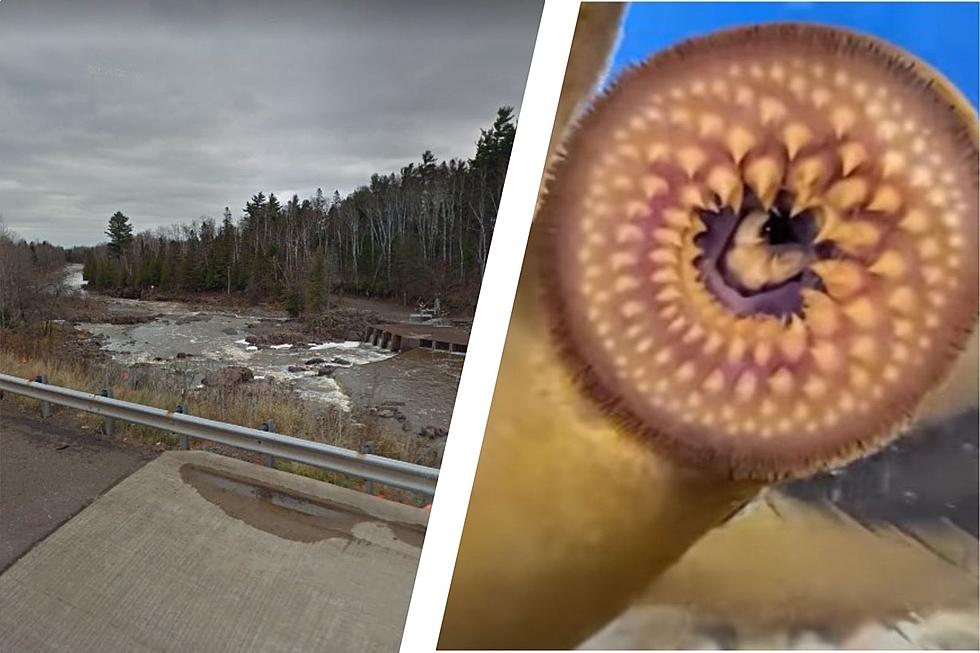
Minnesota Lake Superior Tributary Being Treated For Disgusting Invasive Species
The United States Fish and Wildlife Service will be treating a North Shore tributary to kill the larvae of a devastating invasive species. Treatment every few years helps control the population and protect the Great Lakes fisheries.
Sea Lampreys are parasitic eel-like fish. They are something out of nightmares! Instead of having a jaw, they have a suction cup mouth filled with circle-like teeth.
It really looks like something from Stranger Things. They latch on to host fish and then suck their blood, eventually killing the fish.
The sea lampreys start out in tributaries as larvae. They grow and then make their way into the Great Lakes. They are native to the Atlantic Ocean but found their way over natural barriers in the early 1900s. The first found in Lake Superior was in 1938.
A commission was created to control the lamprey population, and in 1958 they began applying lampricides to certain tributaries. The commission was created to help protect and maintain the $7 billion Great Lakes sport and commercial fisheries.
Infested tributaries need to be treated with lampricides every three to five years. Throughout the month of June, there will be treatment taking place at Knife River in St. Louis and Cook County.
The expected dates are subject to change but should be June 6-14 or June 20-29, 2023. Trained personnel will deploy the lampricide. It is considered not to be an unreasonable threat to humans, but you should avoid unnecessary exposure.

During this time, toxicity and stream flow studies may change the color of the river. They use red or green dye as part of the method.
Besides using lampricides, the commission is developing strategies to increase the number of barriers on lamprey-producing streams and working on new methods.




